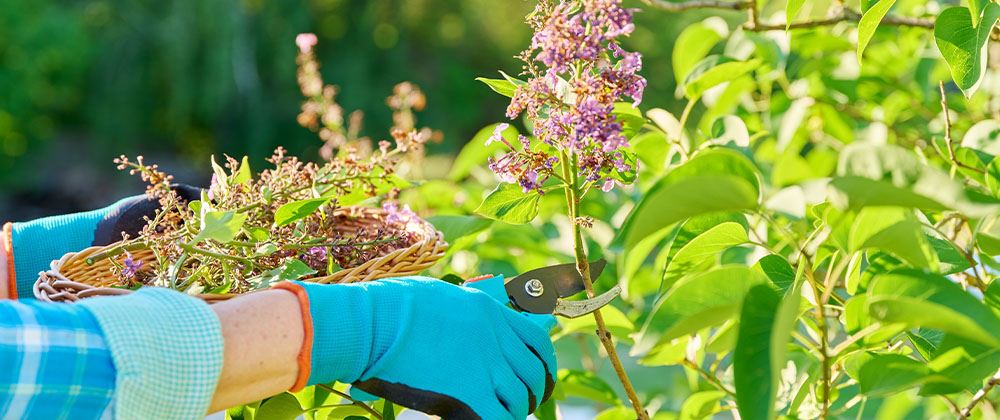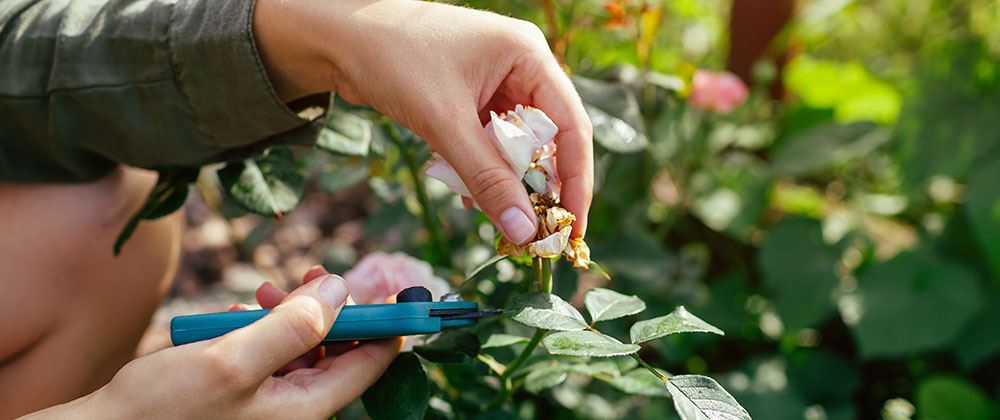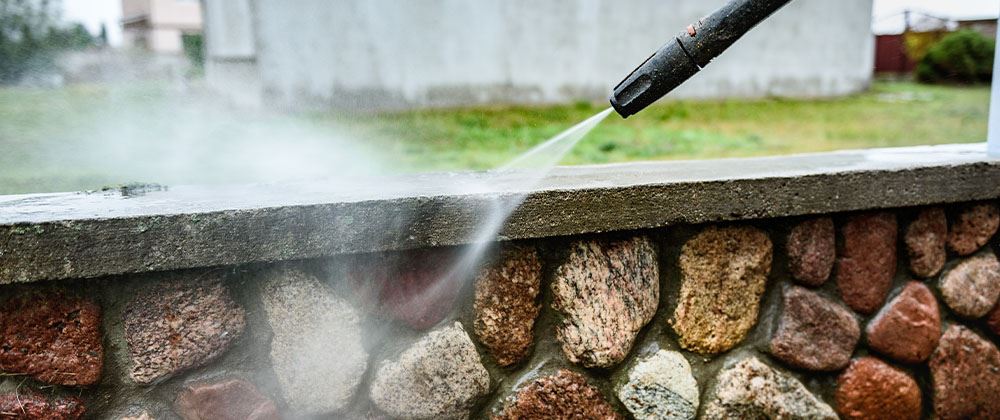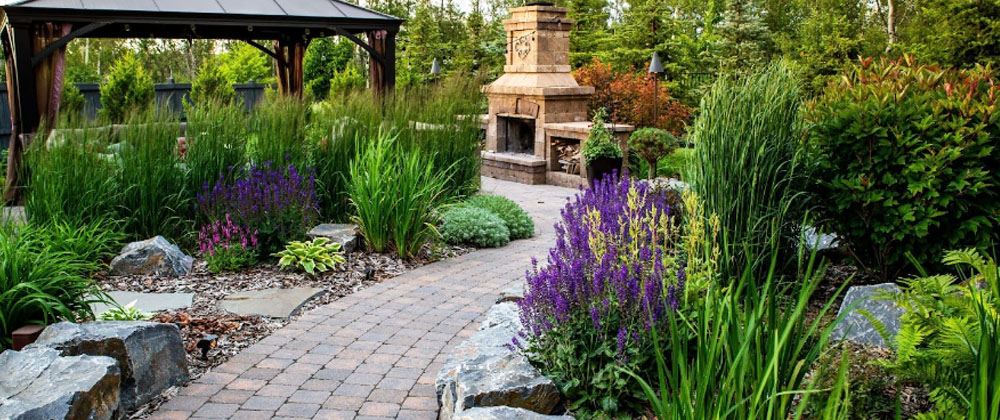After putting all that time, effort, and money into creating a beautiful new landscape design, you’ll want to keep it looking its best with some regular maintenance. In the first year after completing your landscape design, you will not likely need to do any major overhauls. However, there are still some tasks to stay on top of and things to keep in mind. Here’s a simple guide to long-term landscape care during year one.
Our Year One Maintenance Checklist for New Landscapes
Dealing with the little tasks now will help prevent them from becoming big issues down the road. Go through this checklist to make sure nothing gets missed!

Prune Damaged Material on Trees and Shrubs
Newly planted trees and shrubs tend to be more vulnerable to damage from the cold. If there is any dead, damaged, or diseased material on your plants, prune it off! Sanitize the blades after each cut with a rag soaked in isopropyl alcohol to prevent bacteria or disease from spreading through your plant. If possible, make diagonal cuts facing outward above the branch nodes; this will facilitate healthy, fuller growth in the future.
Trim Hedges After the First Flush of Growth
If you want to maintain a tidy, uniform shape for your hedges, give them a trim after that first flush of spring growth has emerged. If they’re spring-flowering hedges like lilacs, trim them after their blooms have faded. If they’re summer-flowering shrubs that produce buds on new growth, trim them in early spring once their foliage has begun to fill out.

Cut Back Dead Material on Your Perennials
Remove dead growth to make room for new, healthy growth for all your perennial plants; this doesn’t apply to trees and shrubs—we’re talking perennial flowers and herbaceous plants like hostas and ornamental grasses. If your perennials aren’t appearing right away in spring, the year after planting, don’t panic! Perennials often need a bit more time to reemerge after year one. Have patience, water the soil regularly, and soon your long-awaited perennials will be blooming bigger and brighter than before!
Wrap Young Shrubs and Trees for Winter
Protecting your vulnerable young plants is important, especially in Edmonton, where we get such cold winters! Burlap is a perfect material for wrapping trees and shrubs. It’s breathable and natural yet still works as an effective insulator to prevent frost and cold damage. Ask your designer if your plants need to be wrapped—we usually suggest cold-hardy plants that don’t require wrapping.

Pressure Wash the Hardscapes
During the first year after installation, it’s unlikely you’ll have any major cracks or damage to your hardscapes or any faded or uneven varnish. You shouldn’t have to worry too much about those kinds of major repairs during your landscape’s first year. However, you should take some time to wash the hardscapes, so they look fresh and bright! Letting all that dust and dirt build-up will cramp your landscape style, no doubt; it’s worth washing your patio furniture, too!
Tip: check with your designer before you use a pressure washer on some hardscapes, as it may chip the concrete finish and crack the dye from the product.
Inspect Hardscapes for Damage
Though it is a rare occurrence in the first year, it’s still wise to be on the lookout for damage or problems with your hardscapes after the first year. Keep an eye out for things like:
- Cracking pavers
- Pavers lifting or heaving
- Instability, warping, cracking, or loose nails in wooden structures like pergolas, gazebos, or planter boxes
- Loose stones or bricks in your retaining walls or garden walls

If we helped you complete your landscape design within the last year and you’ve identified any of the above issues, please call our warranty services so we can help fix the issue and restore your hardscapes to their former glory! We want to be certain your landscape design remains beautiful and stress-free.
If you have any more questions about maintaining your new landscape in Edmonton, contact our experts at Salisbury Landscaping, and we’ll be happy to assist!

